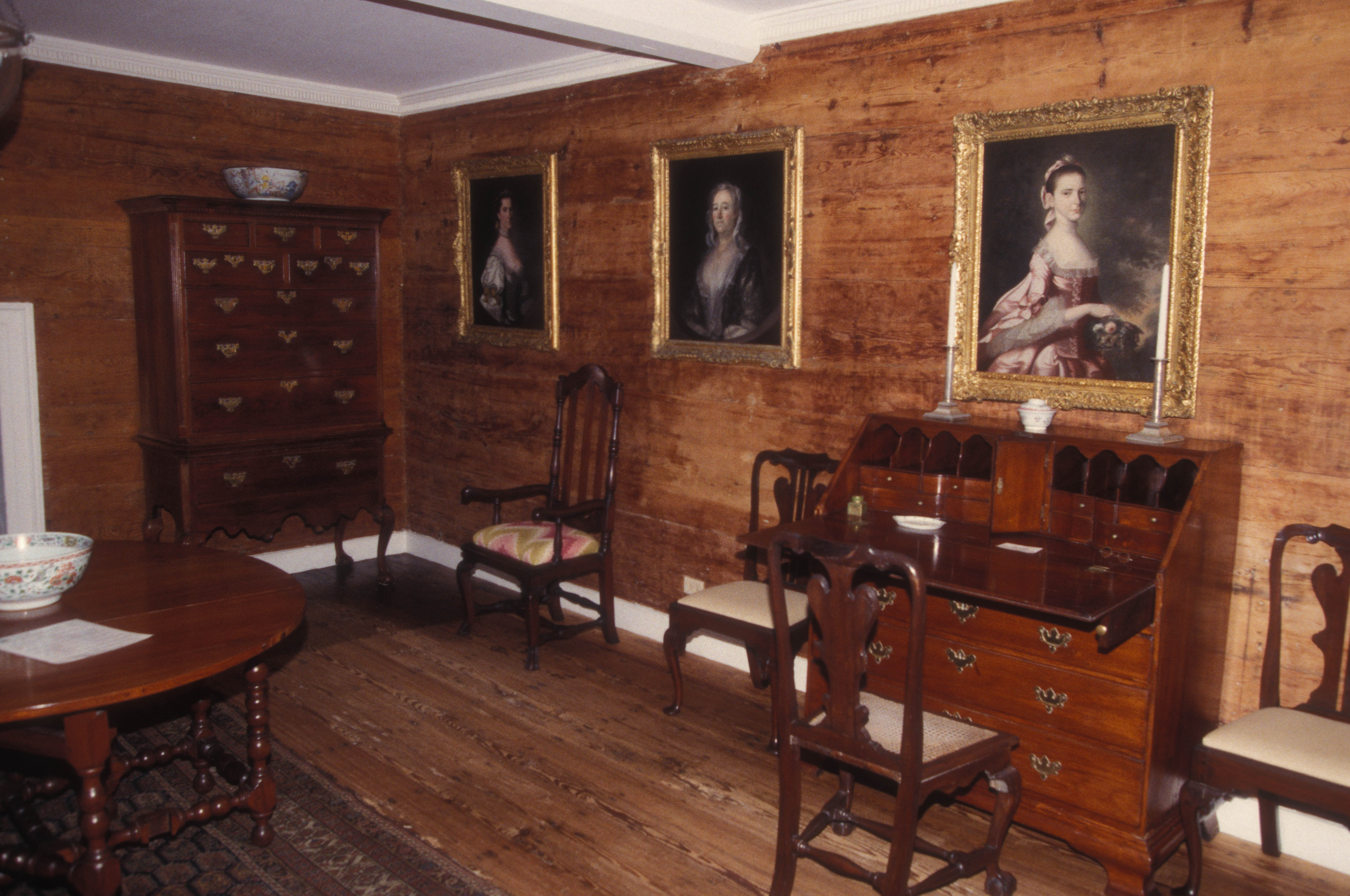|
Lepidosaphes Newsteadi
''Lepidosaphes newsteadi'' is a scale insect species in the family Diaspididae that was first described in 1895. Range ''Lepidosaphes newsteadi'' is widespread in central and western Europe, Lebanon, and Turkey. It was introduced accidentally into North America and Bermuda. Bermuda cedar After being introduced to Bermuda during World War II, it nearly caused the extinction of the native Bermuda cedar ''Juniperus bermudiana'' is a species of juniper endemic to Bermuda. This species is most commonly known as Bermuda cedar, but is also referred to as Bermuda juniper (Bermudians refer to it simply as ''cedar''). Historically, this tree formed wo .... References {{Taxonbar, from=Q10317498 Lepidosaphidini ... [...More Info...] [...Related Items...] OR: [Wikipedia] [Google] [Baidu] |
Scale Insect
Scale insects are small insects of the order Hemiptera, suborder Sternorrhyncha. Of dramatically variable appearance and extreme sexual dimorphism, they comprise the infraorder Coccomorpha which is considered a more convenient grouping than the superfamily Coccoidea due to taxonomic uncertainties. Adult females typically have soft bodies and no limbs, and are concealed underneath domed scales, extruding quantities of wax for protection. Some species are hermaphroditic, with a combined ovotestis instead of separate ovaries and testes. Males, in the species where they occur, have legs and sometimes wings, and resemble small flies. Scale insects are herbivores, piercing plant tissues with their mouthparts and remaining in one place, feeding on sap. The excess fluid they imbibe is secreted as honeydew on which sooty mold tends to grow. The insects often have a mutualistic relationship with ants, which feed on the honeydew and protect them from predators. There are about 8,000 descr ... [...More Info...] [...Related Items...] OR: [Wikipedia] [Google] [Baidu] |
Diaspididae
Diaspididae is the largest family of scale insects with over 2650 described species in around 400 genera. As with all scale insects, the female produces a waxy protective scale beneath which it feeds on its host plant. Diaspidid scales are far more substantial than those of most other families, incorporating the exuviae from the first two nymphal instars and sometimes faecal matter and fragments of the host plant. These can be complex and extremely waterproof structures rather resembling a suit of armor. For this reason these insects are commonly referred to as armored scale insects. As it is so robust and firmly attached to the host plant, the scale often persists long after the insect has died. Some African Diaspididae are attended by ants of genus ''Melissotarsus''. The ants appear to consume the armored scales because Diaspididae are completely naked when ant-attended; the ant nest itself remains completely hidden under the bark of the tree. Selected species Well-known spec ... [...More Info...] [...Related Items...] OR: [Wikipedia] [Google] [Baidu] |
Bermuda Cedar
''Juniperus bermudiana'' is a species of juniper endemic to Bermuda. This species is most commonly known as Bermuda cedar, but is also referred to as Bermuda juniper (Bermudians refer to it simply as ''cedar''). Historically, this tree formed woodland that covered much of Bermuda. Settlers cleared part of the forest and the tree was used for many purposes including building construction and was especially prized for shipbuilding. Scale insects introduced during the Second World War construction of United States airbases in Bermuda devastated the forests, killing over 99% of the species (an event known in Bermuda as 'the Blight' or 'the Cedar Blight'). Since then, the salt tolerant ''Casuarina equisetifolia'' has been planted as a replacement species, and a small number of Bermuda cedars have been found to be resistant to the scale insects. Populations of certain endemic birds which had co-evolved with the tree have plummeted as a result of its demise, while endemic cigalas (or c ... [...More Info...] [...Related Items...] OR: [Wikipedia] [Google] [Baidu] |

